Optimal Timing for Waterproofing Applications
Waterproofing is a critical component of building maintenance and protection, safeguarding structures from water intrusion and damage. The optimal timing for applying waterproofing depends on climate conditions, seasonal weather patterns, and the specific type of waterproofing material used. Proper timing ensures maximum adhesion, durability, and effectiveness of the waterproofing system.
Spring is ideal due to moderate temperatures and lower humidity, allowing waterproofing materials to cure properly without exposure to extreme weather.
Summer offers warm weather, but high temperatures and humidity can affect curing times. Proper planning and timing can mitigate these issues.
Fall provides cooler temperatures and less rain, making it suitable for waterproofing projects before winter sets in.
Winter is generally not recommended due to freezing temperatures and moisture exposure, which can compromise waterproofing effectiveness.

Image showcasing waterproofing being applied during spring weather, emphasizing optimal conditions.

Image depicting waterproofing process during warm summer months, highlighting proper technique.

Image of waterproofing application in fall, with cooler weather and dry conditions.
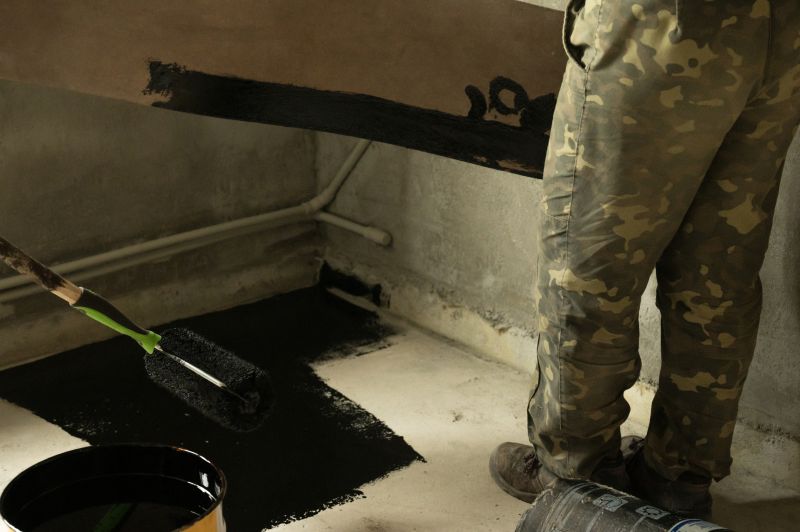
Ways to make Waterproofings work in tight or awkward layouts.

Popular materials for Waterproofings and why they hold up over time.
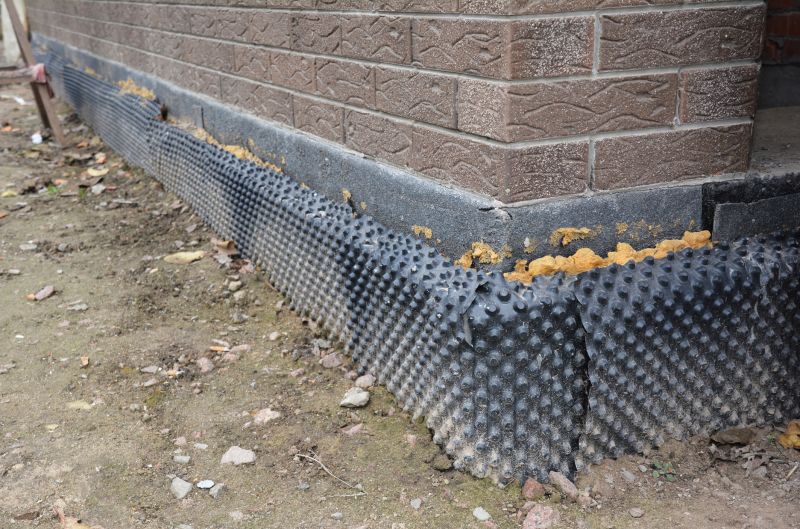
Simple add-ons that improve Waterproofings without blowing the budget.
| Season | Optimal Conditions |
|---|---|
| Spring | Moderate temperatures, low humidity, dry weather |
| Summer | Warm temperatures, manageable humidity, dry days |
| Fall | Cooler temperatures, dry conditions, less rain |
| Winter | Freezing temperatures, high moisture, not recommended |
Waterproofings are essential for protecting structures from water ingress that can lead to structural damage, mold growth, and reduced durability. Different waterproofing materials, such as membranes, sealants, and coatings, are suited for various applications and climates. Properly timed waterproofing projects can extend the lifespan of buildings, reduce repair costs, and maintain structural integrity.
Statistics indicate that waterproofing can prevent up to 80% of water-related damages when applied correctly and at the appropriate time. The effectiveness of waterproofing depends on environmental conditions, surface preparation, and material selection. Regular inspections and maintenance are recommended to ensure ongoing protection against water intrusion.
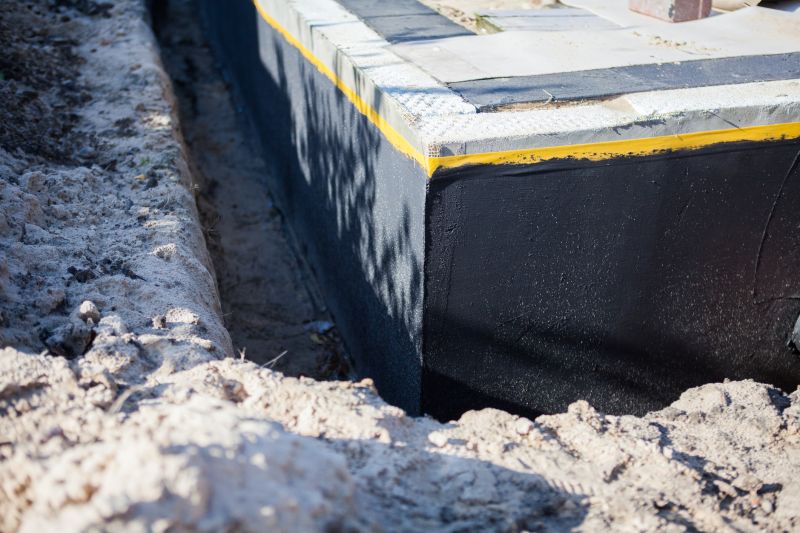
Image of sealant being applied to a foundation wall, emphasizing proper technique.
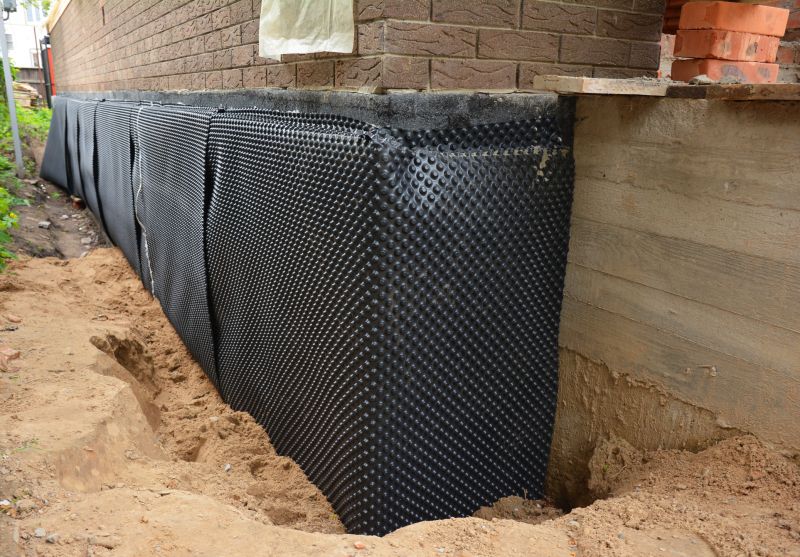
Image showing membrane waterproofing being installed on a roof or foundation.

Image of waterproof coating being sprayed or rolled onto a surface.
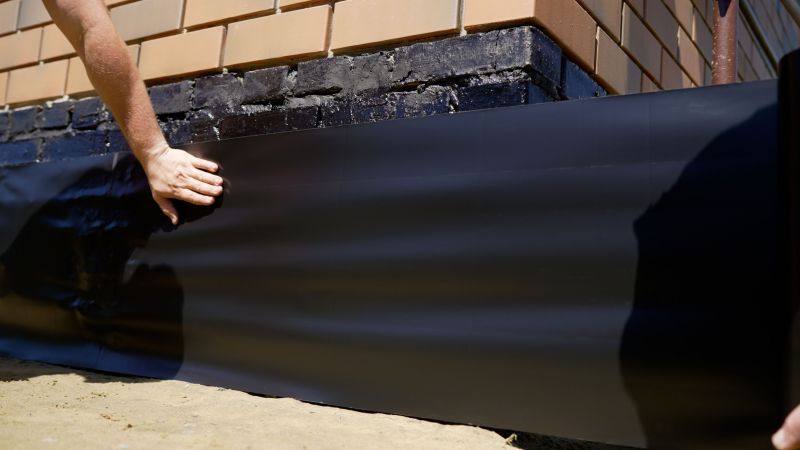
Image of a completed waterproofing project on a building exterior.

High-end options that actually feel worth it for Waterproofings.

Finishes and colors that play nicely with Waterproofings.
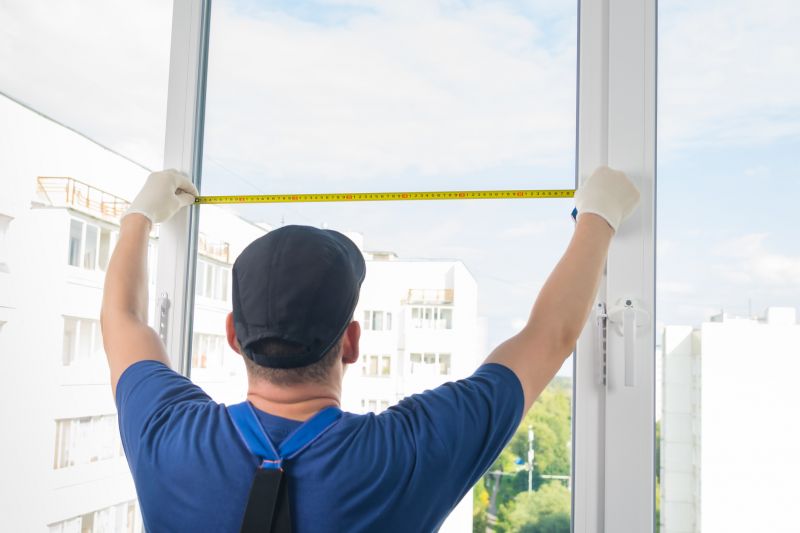
Little measurements that prevent headaches on Waterproofings day.
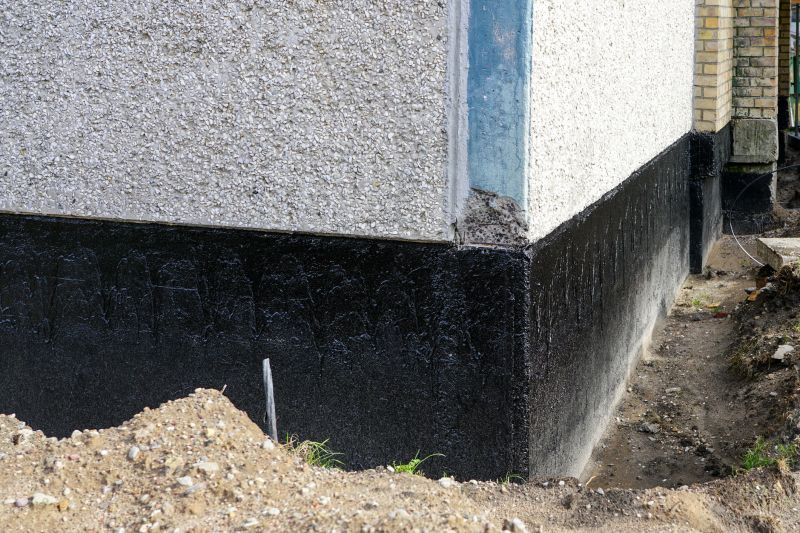
A 60-second routine that keeps Waterproofings looking new.
Interested in waterproofing services? Filling out the contact form can provide additional information and assistance for planning and scheduling waterproofing projects tailored to specific building needs in South Zanesville, OH.

